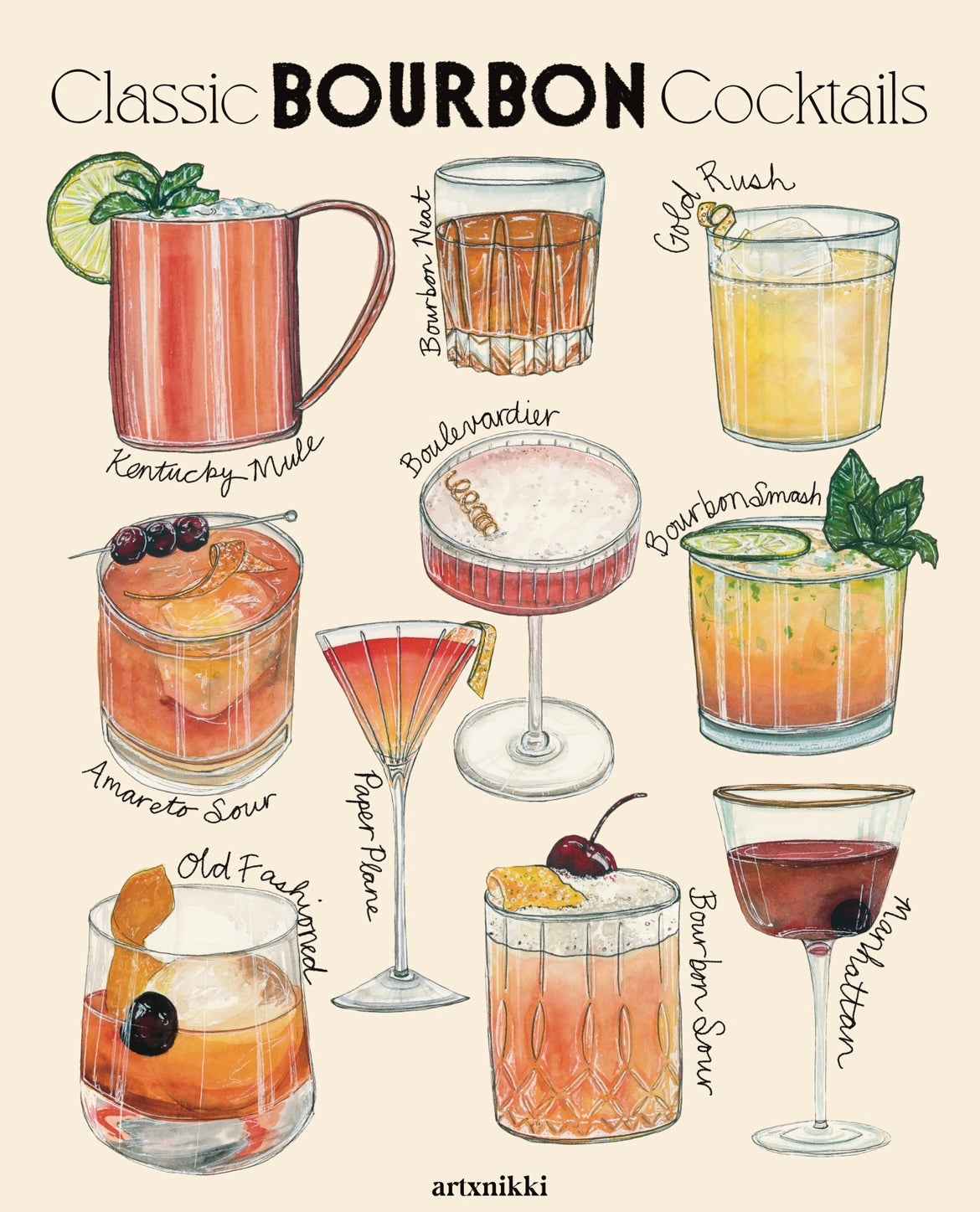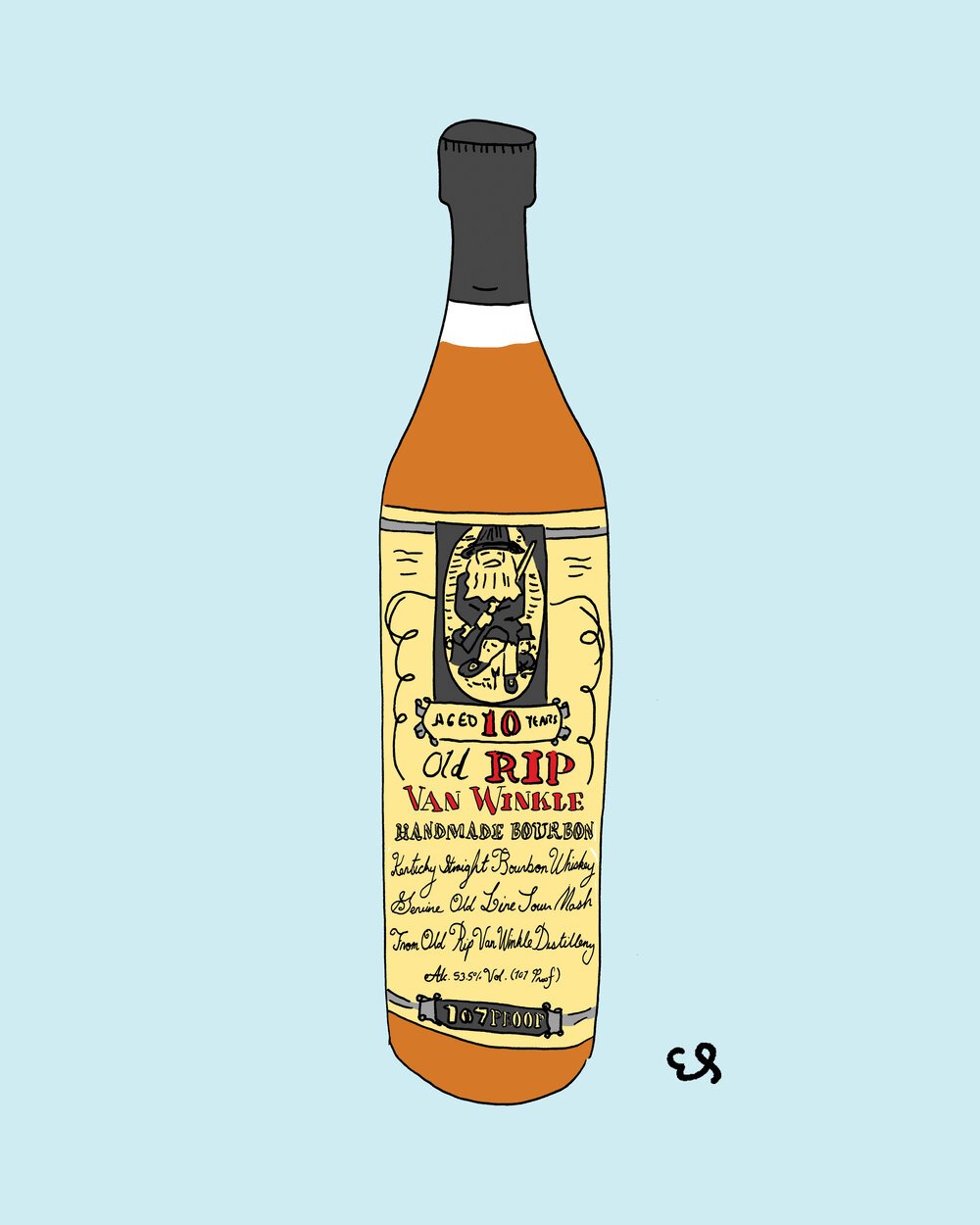Limited Edition: Discover Exclusive Bourbon Art Pieces for Collectors
Limited Edition: Discover Exclusive Bourbon Art Pieces for Collectors
Blog Article
The Importance of Whiskey Art in Celebrating Heritage and Craftsmanship in the Beverage Sector
The elaborate partnership between scotch art and the party of heritage and craftsmanship within the beverage market can not be overstated. With thoughtfully created bottles and labels, whiskey brands envelop their historical origins and the artisanal skills that specify their production approaches.
The Historical Origins of Whiskey
At the heart of whiskey's appeal lies an abundant tapestry of historical origins that map back to ancient human beings. The origins of scotch can be linked to the purification techniques of the Sumerians and Babylonians around 2000 BCE, where early types of fermented grain drinks began to arise. It was in the Center Ages that the art of distillation progressed dramatically, specifically in Ireland and Scotland, leading to the creation of scotch as we know it today.
The term "scotch" itself acquires from the Gaelic word "uisce beatha," implying "water of life." This phrase emphasizes the social importance of scotch in Celtic cultures, where it was often associated with rituals, events, and common bonding. By the 15th century, purification became an acknowledged craft within monastic neighborhoods, leading the means for the facility of lawful distilleries.
As profession courses expanded, whiskey's appeal expanded, transcending regional boundaries and catching the rate of interest of aficionados worldwide. Realism Art. This historic trip reflects not just the craftsmanship behind scotch production however likewise its important function in social and social contexts, noting it as a considerable beverage throughout history
Artistic Expression in Branding
Whiskey branding stands as a compelling junction of virtuosity and business, where aesthetic identity plays an important function in shaping consumer perception. The appearances of scotch labels, packaging, and marketing products mirror not just the brand's story but additionally its core worths and heritage. With artistic expression, distilleries share a story that resonates with consumers, stimulating feelings and stimulating connections.
Using color, typography, and images in branding serves to differentiate items in a saturated market. For instance, traditional concepts may stimulate a sense of credibility and craftsmanship, while contemporary designs can symbolize innovation and forward-thinking. This critical imaginative instructions improves brand name recognition and commitment, allowing customers to build a personal partnership with the scotch they pick.
Furthermore, imaginative expression in branding frequently works as a party of regional heritage. Distilleries often include local signs or historical referrals into their styles, developing a local color that invites customers to partake in a broader social experience. Inevitably, the virtuosity behind bourbon branding not only enhances visual charm however additionally improves the overall narrative of the brand, promoting a much deeper appreciation for the craftsmanship and heritage embedded in each bottle.
Craftsmanship in Bottle Style
The creativity obvious in bourbon branding expands past visual identity to include the workmanship entailed in container layout. Each container offers as a vessel not simply for the spirit within, yet additionally for the tale it tells about its tradition, origin, and quality. The layout procedure calls for precise focus to detail, as elements such as closure, product, and form add dramatically to the total understanding of the scotch.
Craftsmanship in container layout includes selecting premium glass that can enhance the bourbon's color and clearness, while likewise giving a tactile experience for the customer. The shape of the bottle must be both visually enticing and practical, commonly showing the heritage of the brand name. Lots of distilleries select one-of-a-kind forms or printed logos that stimulate a sense of credibility and history.
In addition, the label layout and typography play a critical function in communicating the brand's story. Whiskey Art. A well-crafted container not only captivates the customer's eye but likewise reinforces the brand's dedication to high quality and practice. By doing this, the workmanship of container style becomes a crucial aspect of the scotch experience, combining artistry with an extensive regard for heritage
Social Value of Scotch Art
Celebrating custom and workmanship, the cultural relevance of bourbon art transcends simple aesthetic appeals, linking with the social and historical stories of the areas from which it comes from. Each container acts as a canvas, portraying the special tales, mythology, and practices that have actually formed regional whiskey-making techniques. The detailed styles typically mirror the heritage of the distillers, including signs and concepts that resonate with the culture and values of their site neighborhoods.

Additionally, scotch art plays an essential function in public gatherings and events, offering as a tangible web link between individuals and their shared experiences. By appreciating the creativity in whiskey product packaging, consumers grow a much deeper understanding and respect for the craft, eventually improving their enjoyment of the drink itself.
Modern Trends in Bourbon Presentation
In recent years, wikipedia reference the presentation of scotch has actually advanced to reflect contemporary preferences and trends while still recognizing traditional craftsmanship - Limited Edition. Distilleries are increasingly concentrating on aesthetic aspects that improve the total alcohol consumption experience, bridging the gap between heritage and modernity
Ingenious container layouts have actually arised, frequently integrating lasting products and creative tags that inform engaging tales. Several brands currently collaborate with local artists, infusing their products with distinct visual expressions that resonate with consumers. Additionally, limited-edition releases are typically packaged in collectible containers, adding value and appeal for connoisseurs.

Verdict
In final thought, scotch art serves as an important conduit for expressing the heritage and workmanship integral in the beverage industry. Through detailed branding, cutting-edge container styles, and culturally considerable artistic elements, bourbon brand names successfully honor their traditions and attach with customers.


Workmanship in container design involves picking high-grade glass that can improve the scotch's color and quality, while likewise offering a responsive experience for the customer. In this way, the workmanship of bottle layout comes to be an important aspect of the bourbon experience, merging artistry with an extensive respect for heritage.
In verdict, scotch art serves as an essential channel for expressing the heritage and workmanship integral in the drink market.
Report this page